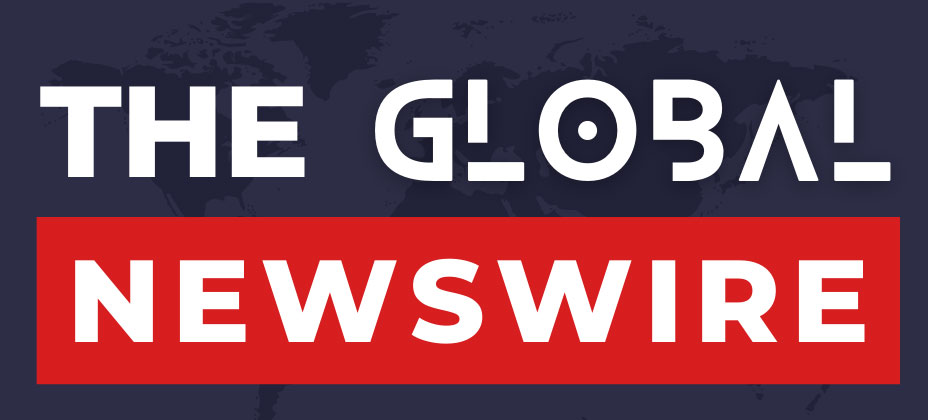President Donald Trump has made repeated claims that China “operates” the Panama Canal in recent weeks and has threatened to take back the waterway to block what he sees as Beijing’s increasing influence.
US remains the main user of the canal, but Chinese involvement in infrastructure projects around the waterway – which is operated directly by Panama – has grown in recent years.
Up to 14,000 ships use the 51-mile (82km) passage each year. It links the Atlantic and Pacific Oceans across the Central American country, avoiding an otherwise lengthy and costly trip around South America.
The waterway cuts the amount of time it takes goods to flow from Shenzhen in China to the US east coast, or between San Francisco and New York, by weeks.
After Panama signed up to the Belt and Road Initiative (BRI) in 2017 – where Beijing invests in infrastructure across the globe – Chinese companies were more active around the canal. Panama left the partnership earlier this month amid US pressure.
However, much of Trump’s ire has been focused on Chinese control over ports which predate the BRI.
Map of the Panama Canal, connecting the Atlantic Ocean and Pacific Ocean through Panama The ports of Colon, Manzanillo and Cristóbal at the Atlantic end are highlighted along with Rodman and Baboa at the Pacific end. Panama City is visible on the Pacific coast to the right of the canal, image
There are five container ports around the Panama Canal. All of them are operated by foreign companies.
The highlights change to show the three ports of Colon and Manzanillo near the Atlantic and Rodman near the Pacific, image
Three of the canal’s main container ports – Colon, Rodman and Manzanillo – are operated by companies based in Singapore, Taiwan and the US.
The map highlights Cristóbal at the Atlantic Ocean end and Balboa at the Pacific Ocean end, image
But much of the US attention has focused on the two biggest, Cristóbal and Balboa.
The map highlights Cristóbal at the Atlantic Ocean end and Balboa at the Pacific Ocean end, image
They sit at either end of the canal and have been operated by a subsidiary of Hong Kong-based CK Hutchison Holdings since 1997.
While the company is a private corporation based outside the Chinese mainland, experts have told the BBC that the Chinese national security law introduced in 2020 could allow China to exercise influence over Hong Kong-based companies in the event of a conflict.
“In terms of the day-to-day, I’m sceptical as to whether there’s a direct line between Beijing and CK Hutchison, but in a time of a crisis or a conflict it would be relatively trivial for the Chinese Communist Party (CCP) to say we’re going to use the ports,” Henry Ziemer, an Americas specialist at the Center for Strategic and International Studies (CSIS), told the BBC.
This view was echoed by the former commander of the US military’s southern command, Gen Laura J Richardson. She told lawmakers in 2023 that “in any potential global conflict, the PRC [China] could leverage strategic regional ports to restrict US naval and commercial ship access”.
The chairman of CK Hutchison – Victor Li Tzar-kuoi – serves as a member of the national committee of the Chinese People’s Political Consultative Conference (CPPCC)
The CPPCC is China’s top political advisory body comprising of thousands of members and is part of the “United Front System” which works to aid government influence domestically and abroad. Its members usually include top corporate figures. BBC Verify approached CK Hutchison Holdings for comment.
While Trump’s attention has focused on Balboa and Cristóbal, Chinese companies have been involved in projects elsewhere around the canal – with one major bridge project attracting some attention.
Three bridges currently cross the canal at various points
Satellite image of the Bridge of the Americas in March 2024, image
Slightly north of the Bridge of the Americas, a Chinese corporation is building the new Fourth Bridge, connecting Panama City to West Panama. This is the site in March 2024.
Satellite image of the Bridge of the Americas in March 2024, image
Satellite image of the Bridge of the Americas in January 2025, where progress can be shown on a new bridge being constructed over mud flats, image
But satellite images over the past year show development of the bridge has picked up, as seen here in January 2025.
US officials have raised concerns over the involvement of Chinese firms in the project. Republican Senator Ted Cruz recently said that the “partially-completed bridge gives China the ability to block the canal without warning”, but did not elaborate as to how he thought the bridge could be used as an obstacle.
